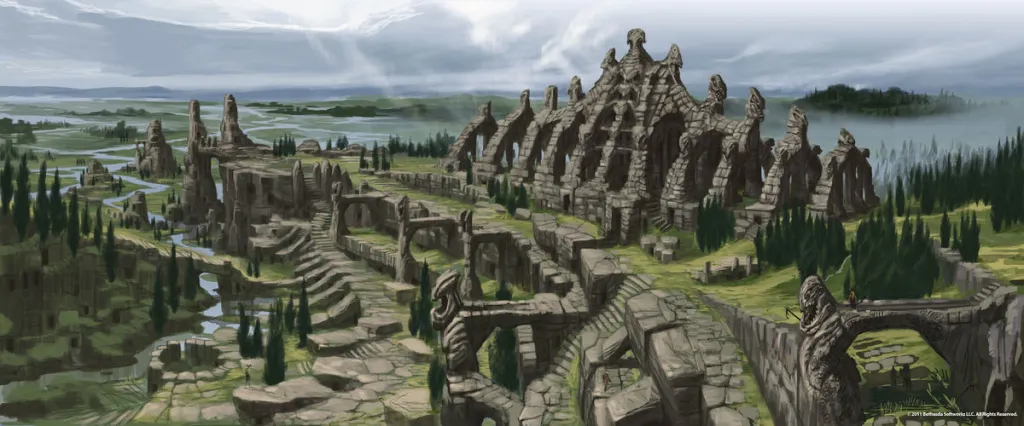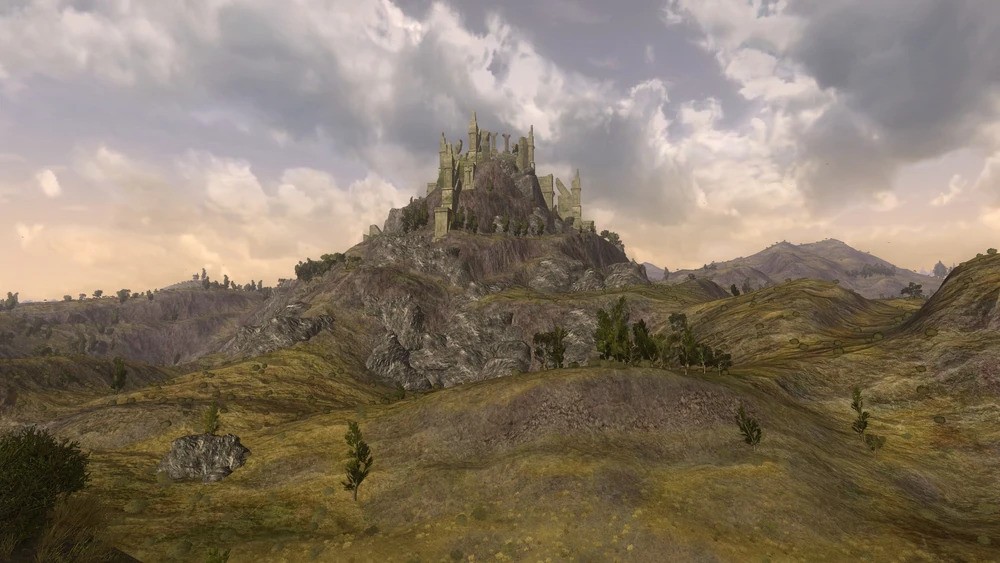Henry Nathaniel Thomas
University of California, Berkeley, CA, USA.
Email: h.thomas (at) berkeley (dot) edu
https://doi.org/10.5281/zenodo.8241584
Since the time I wrote a previous Journal of Geek Studies article on the giant pterosaur kaiju Rodan (Thomas, 2020), another piece of media featuring the character has aired: the anime series Godzilla Singular Point by the studios Bones and Orange (2021). Among the several kaiju that return in the series is a new take on Rodan, which plays a pivotal role in the beginning of the series. Naturally, I shall now comment on the anatomy and biology of this new incarnation of the classic sky monster.
Two forms of Rodan appear in Godzilla Singular Point (Fig. 1). The first form appears in the very first episode. Rodan is redesigned here to closely resemble a dsungaripterid pterosaur. Dsungaripterids were a clade of pterosaurs with remarkably robust bodies. Dsungaripterid genera include Dsungaripterus, Noripterus, Domeykodactylus, Ordosipterus, “Phobetor”,[1] and the questionably valid Lonchognathosaurus (Witton, 2013; Ji, 2020). This corroborates my earlier phylogenetic hypothesis on Rodan’s relationships (Thomas, 2020).

The outline of Rodan’s skull closely matches the skull of “Phobetor” in particular (Fig. 2; Bakhurina, 1986). Rodan has a wide skull, with keratinous beaks on both jaws. The interior of the mouth has teeth, similar to dsungaripterids, which were among the few pterosaurs to have both beaks and teeth. Unlike dsungaripterids, however, it appears that Rodan’s entire mouth surface is covered with teeth. This is more reminiscent of temnospondyls, which had palatal surfaces covered with teeth (e.g., Gee et al., 2017). Real dsungaripterids, in contrast, only had a single toothrow on each jaw. These teeth were short and bulbous, and sometimes covered by outgrowths of the jaw bone. They were limited to the posterior portion of the jaw; the anterior part was occupied by a toothless beak, which was either curved upward, in Dsungaripterus, or pointed straight, in other dsungaripterids (Chen et al., 2020). Rodan’s eye is placed high in the skull, similar to Dsungaripterus and “Phobetor”. The first form of Rodan has a singular, pointed crest on the back of the head; this resembles the famous crest of Pteranodon (not a dsungaripterid), but is also similar to the crest of Dsungaripterus.

In a first for the franchise, Rodan is quadrupedal, similar to actual pterosaurs. One individual is even shown launching by leaping quadrupedally, which is the most likely hypothesis for how pterosaurs took off (e.g., Habib, 2008). However, as with many pop culture pterosaurs, the wing folding is incorrect; it appears that the wing finger folds up when on the ground. In real pterosaurs, this would have only been possible by dislocating the wing finger. Instead, the wing finger folded backwards, similar to the human knee joint. The wing membrane correctly attaches at the ankle, as preserved soft tissue demonstrates was the case in pterosaurs (Elgin et al., 2011).
The first form of Rodan has a long tail, longer than recorded in any pterodactyloid. With the vane on the end, this more closely resembles the tail of earlier pterosaurs such as Rhamphorhynchus. Both forms of Rodan also have scutes[2] on the underside of the torso and on the hands and feet, an inheritance from classic Rodan designs (Thomas, 2020). Interestingly, Rodan is digitigrade in the series, i.e., it walks on its toes. The vast majority of pterosaurs appear to be plantigrade, i.e., they walk on the soles of their feet. However, it has been suggested that the dsungaripterid Noripterus may have been one of the few digitigrade pterosaurs (Hone et al., 2017). Whether this is coincidence or a feature intentionally borrowed from Noripterus is unknown.
A second form of Rodan appears later in Godzilla Singular Point (Figs. 1, 3). This one more closely resembles traditional Rodan designs, with paired head crests and a dark brown color scheme. This version of Rodan also takes design cues from azhdarchid pterosaurs such as Quetzalcoatlus and Pteranodon, bearing a longer neck and a long, pointed skull. This new form of Rodan also resembles azhdarchids in that it hunts terrestrially. One well-supported hypothesis for azhdarchid lifestyle is the “terrestrial stalking” hypothesis, in which the pterosaur walks around on the ground picking up small prey items, using its long limbs and neck to get leverage. This lifestyle is practiced today by long-legged, long-necked birds such as storks and cranes (Witton & Naish 2013). In Godzilla Singular Point, there are more scenes of Rodan stalking people on the ground than attacking from the air.

Second form Rodan’s skull still has teeth, but now they do not cover the entire inner surface of the mouth. Although the second form has scutes on parts of the body, close-up shots reveal that it also bears a dorsal covering of pycnofibers. Pycnofibers are a fuzzy external “plumage” that have been known in pterosaurs since 1971, and appear to be omnipresent in the group. They were likely present ancestrally in pterosaurs, and are probably homologous to dinosaur feathers (Yang et al., 2019). Relatively few media depictions of pterosaurs give pterosaurs their pycnofibers, however; seeing them on Rodan is a welcome addition.
There are several unusual biological anomalies that the series comments upon in this incarnation of Rodan. It is noted to communicate via radio waves, which it emits in its calls. A Rodan corpse is noted to contain the radioactive element radon (which provides an in-universe explanation why its name in Japanese is ラドン Radon). Suffice it to say, no animal communicates with radio waves or naturally bears radon in its body. Rodan is also noted to lack an organ that functions as a stomach. Believe it or not, this is possible. A few vertebrates, such as platypuses and lungfish, also lack stomachs; the digestive system goes straight from the esophagus to the intestines (Castro et al., 2014).
Rodan is also noted to lack homeobox genes. Homeobox genes regulate the development of organisms, and are found in the vast majority of eukaryotes. The most famous type of homeobox genes is Hox genes, which determine what different regions of an embryo will develop into. One of the very few real animals that lack important homeobox genes include sponges, which lack Hox and ParaHox genes (Pastrana et al., 2019). Sponges notably have amorphous, asymmetrical body plans, unique among living animals in this regard. Ctenophores (comb jellies) also lack Hox and ParaHox genes, but retain LIM homeobox genes (Moroz et al., 2014; Simmons et al., 2012). Without homeobox genes, it is doubtful that Rodan would be able to develop into the bilaterally symmetric, well-organized creature that we see. It does serve as foreshadowing, however, for how the kaiju in this series may be able to control their own development. Without spoiling too much, this becomes relevant later on in the series.
Overall, the new incarnation of Rodan is a welcome redesign. It more closely resembles real pterosaurs, particularly dsungaripterids, and several allusions towards real biological concepts are made. The writers and designers, notably lead monster designer and Studio Ghibli alumnus Eiji Yamamori, did their research here, and have created a version of the monster that balances science with science fiction well. The entire series is like this, alluding to many scientific concepts, especially in theoretical physics (the show has gained a reputation for being very dense and intellectual). That’s what you get when your series’ writer, Toh EnJoe, has a PhD in physics (EnJoe, 2013).
REFERENCES
Bakhurina, N.N. (1982). A pterodactyl from the Lower Cretaceous of Mongolia. Palentological Journal 4: 105–109.
Bakhurina, N.N. (1986). Flying reptiles. Priroda 7: 27–36.
Castro, L.F.C.; Goncalves, O.; Mazan, S.; Tay, B.; Venkatesh, B.; Wilson, J.M. (2014). Recurrent gene loss correlates with the evolution of stomach phenotypes in gnathostome history. Proceedings of the Royal Society B 281: 20132669.
Chen, H.; Jiang, S.; Kellner, A.W.A.; Cheng, X.; Zhang, X.; Qiu, R.; Li, Y.; Wang, X. (2020). New anatomical information on Dsungaripterus weii Young, 1964 with focus on the palatal region. PeerJ 8: e8741.
Elgin, R.A.; Hone, D.W.E.; Frey, E. (2011). The extent of the pterosaur flight membrane. Acta Palaeontologica Polonica 56(1): 99–111.
EnJoe, T. (2013). Self-Reference ENGINE. Haikasoru, San Francisco.
Gee, B.M.; Haridy, Y.; Reisz, R.R. (2017). Histological characterization of denticulate palatal plates in an Early Permian dissorophid. PeerJ 5: e3727.
Habib, M.B. (2008). Comparative evidence for quadrupedal launch in pterosaurs. Zitteliana B28: 159–166.
Hone, D.W.E.; Jiang, S.; Xu, X. (2017). A taxonomic revision of Noripterus complicidens and Asian members of the Dsungaripteridae. Geological Society of London Special Publications 455: 149–157.
Ji, S. (2020). First record of Early Cretaceous pterosaur from the Ordos Region, Inner Mongolia, China. China Geology 3(1): 1–7.
Moroz, L.L.; Kocot, K.M.; Citarella, M.R.; Dosung, S.; Norekian, T.P.; Povolotskaya, I.S.; Grigorenko, A.P.; Dailey, C.; Berezikov, E.; Buckley, K.M.; Ptitsyn, A.; Reshetov, D.; et al. (2014). The ctenophore genome and the evolutionary origins of neural systems. Nature 510: 109–114.
Pastrana, C.C.; DeBiasse, M.; Ryan, J.F. (2019). Sponges lack ParaHox genes. Genome Biology and Evolution 11: 1250–1257.
Simmons, D.K.; Pang, K.; Martindale, M.Q. (2012). Lim homeobox genes in the ctenophore Mnemiopsis leidyi: the evolution of neural cell type specification. EvoDevo 3: 2.
Thomas, H.N. (2020). The One Born of Fire: A pterosaurological analysis of Rodan. Journal of Geek Studies 7: 53–59.
Witton, M.P. (2013). Pterosaurs: Natural History, Evolution, Anatomy. Princeton University Press, Princeton.
ABOUT THE AUTHOR
Henry Thomas has a BA in Integrative Biology from the University of California, Berkeley. He is now the world’s foremost author on Rodan biology, which is not particularly high praise.
[1] The species Dsungaripterus parvus was first named by Bakhurina (1982), based on relatively scrappy fossils. It was given its own genus name Phobetor by Bakhurina (1986) after more material was found, revealing significant differences between it and the type species Dsungaripterus weii. Unbeknownst to Bakhurina, it turned out the genus name Phobetor was already used for a species of sculpin, Gymnocanthus (=Phobetor) tricuspis Krøyer, 1844. The pterosaur “Phobetor” awaits a new genus name, alongside further study of the fossil material (Hone et al., 2017).
[2] A scute is a scale overlaid with horn, seen, for instance, on the feet of birds and the skin of crocodilians.



